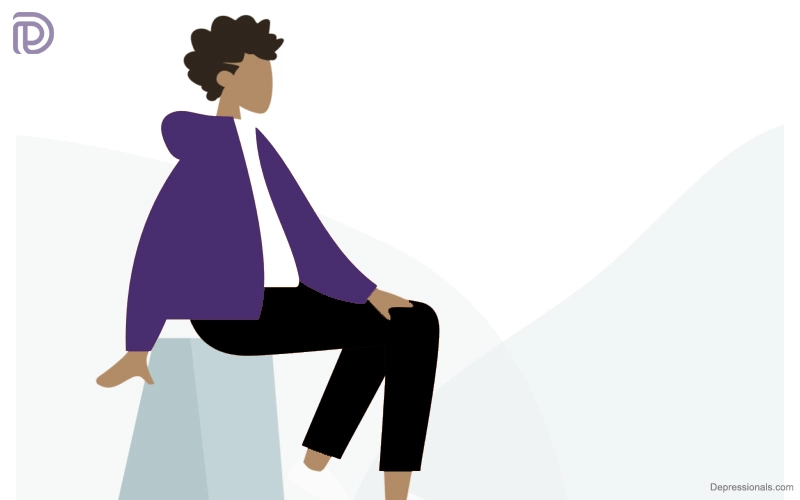Pervasive developmental disorder (PDD) is characterized by delays in a child’s normal development, difficulties interacting and communicating, difficulties when a routine changes, and repetitive motions and behaviors.
However, it is no longer a word used by physicians. Autism spectrum disorder is the new name for PDDs.in 2013
In 2013, the American Psychiatric Association categorized autism spectrum disorders as autistic disorder, childhood disintegrative disorder, Asperger’s syndrome and pervasive developmental disorder not otherwise specified (PDD-NOS).
What is the reason for the change? The spectrum idea provides a more medically precise method of identifying these illnesses in youngsters.
Read: Learning Disorder
Is PDD the same as autism?
Technically, yes, according to the updated DSM-5. Some people disagree with this because, even though autism and pervasive developmental disorder share many of the same characteristics, they differ in other ways. The PDD population for example does not meet what is considered “classical” or “traditional” autism criteria (Shaikh et al., 2020), but is framed as having autism spectrum disorder. Autism spectrum disorder includes both PDD-NOS and asperger syndrome.
Lorna Wing was the first to propose autism spectrum disorder (Tateno, et al. 2011). Autism spectrum disorders encompass disorders ranging from severe autism to autism with high functioning and Asperger syndrome, according to her. The DSM-5 has changed its classification of PDD to autism spectrum disorders, as discussed earlier. The symptoms of PDD seem to fall somewhere along the continuum associated with autism spectrum disorders (ASD).
Pervasive developmental disorder symptoms
Children on the autism spectrum have difficulty communicating and interacting with others, and they frequently repeat certain behaviors. They could also:
- Avoid making direct eye contact
- Not being able to verbally communicate what they’re thinking
- Have a flat or high-pitched voice
- Finding it difficult to maintain a conversation
- Have a hard time controlling your emotions
- Perform compulsions like hand-flapping, jumping, rocking or twirling
Children on the spectrum may engage in repetitive play, struggle with “make believe,” and be more interested in the parts of a toy rather than the toy itself. They require strict schedules and dislike disruptions in their daily routines.
Keep in mind that the spectrum covers a broad range. Some individuals with ASD live independently, attend school and work. You may be unaware that they have a medical condition. Others are severely handicapped. Many people fall somewhere in between those two extremes.
Read: Cognitive Disorder
Pervasive developmental disorder causes
Finding all of the causes of ASDs is a major scientific issue. Genetics is one of the risk factors, according to scientists. However, they do not yet have all of the answers. There isn’t a single “autism gene” at work. Aside from DNA, a variety of factors may be at play.
Diagnosis of PDD
The diagnosis is typically established in the early stages of childhood. The diagnosis of PDD was withdrawn from the Diagnostic and Statistical Manual of Mental Disorders–Fifth Edition (DSM-5) in May 2013 and replaced by autism spectrum disorders. A set of severity levels are used to distinguish between previous diseases.
Individuals who were diagnosed using the DSM-IV continue to be classified as having autism spectrum disorders. However, an editorial published in the October 2012 edition of the American Journal of Psychiatry states that, although some doctors claim that there is insufficient evidence to maintain the diagnostic distinction between ASD and PDD, numerous literature evaluations showed that studies demonstrating substantial differences between the two diseases outweighed those that found no difference.
Unlike the DSM-5, the International Classification of Diseases, 10th Edition (ICD-10) of the World Health Organization divides PDD into four different categories, each with its own diagnostic criteria. Abnormalities in social relationships and communication define the four diseases (childhood autism, atypical autism, Rett syndrome, and other childhood disintegrative disorder).
The disorders are most often diagnosed based on behavioral characteristics; however, while the presence of any medical problems is important, it is not considered when making a diagnosis.
Before the DSM-5, some physicians used PDD-NOS as a “temporary” assessment for kids under the age of five when they were hesitant to diagnose autism for whatever reason. There are a number of reasons behind this. Because very young children have little social and communication abilities, to begin with, diagnosing milder instances of autism in toddlers may be difficult.
The unspoken expectation is that odd behavior will either fix or evolve into diagnosable autism by the age of five. However, some parents see the PDD diagnosis as nothing but a euphemism for autism spectrum disorders, which is problematic since it makes receiving early childhood intervention assistance more difficult.
Read: Speech Disorders
Treatment of PDD
Medications are available to help children with their PDD symptoms. Medication is most effective when combined with treatment that focuses on socializing and other life skills.
Keep in mind that someone on the spectrum uniquely sees the world. Their triumphs and struggles may vary significantly from yours. It helps to accept them for who they are, with their own distinct personalities and interests, while providing them with the support and skills that will help them succeed in the future.





